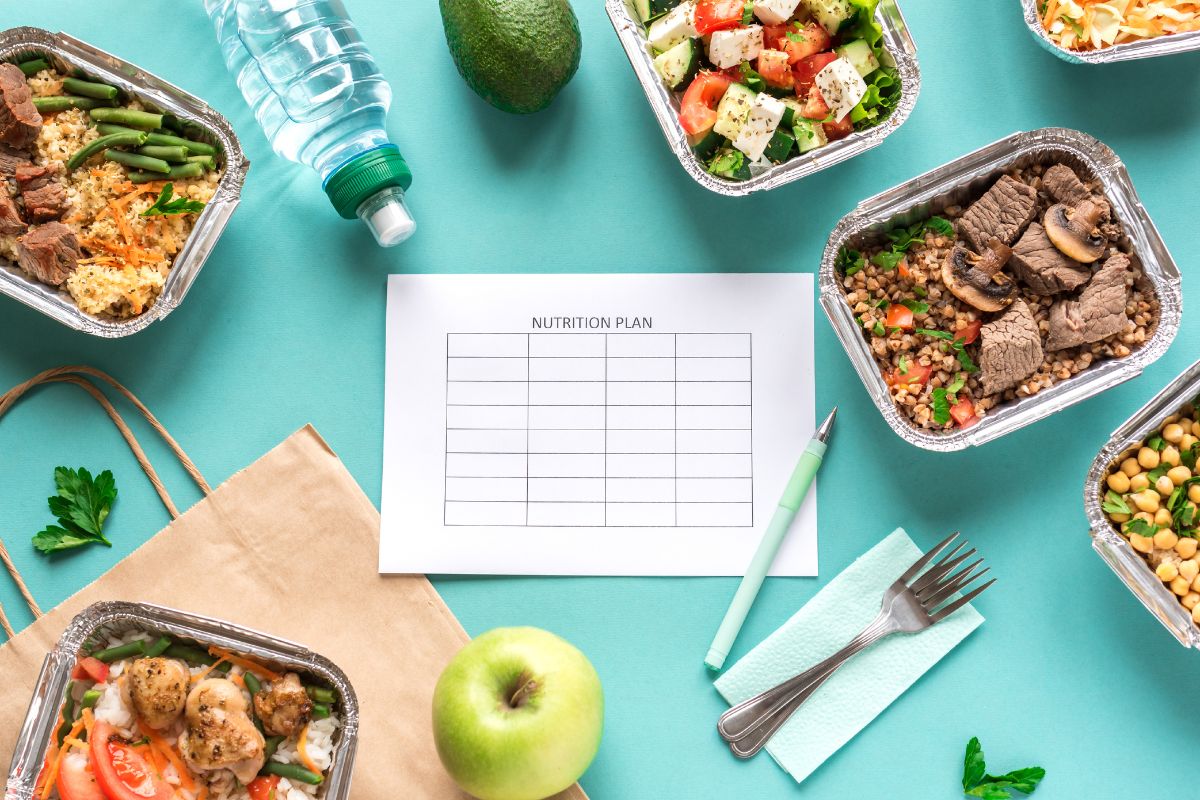Student Nutrition Basics from a Director of Football Performance Nutrition
- While exact needs vary by person, there is a base level of student nutritiion that everyone can build off of. Building a successful program requires a multi-faceted approach.
- As a coach, having a well-formulated game plan is essential to get the most out of any diet regimin.
- There are a variety of healthy options available at every price point, so students can take steps to start eating better.
One of the fundamental challenges of leading students is understanding that each of them has different needs — different learning styles, motivational techniques, and nutritional requirements. University of North Carolina’s director of football performance nutrition Ema Thake agrees, saying, “there is no blanket nutrition prescription,” even if it’s not a student-athlete.
Still, there are four basic pillars of student nutrition that Ms. Thake shared with us that can help leaders and their high school students become the best versions of themselves.
1. Understanding macronutrients
Macronutrient education is an essential building block of any student nutrition program. By learning what foods do what inside of our bodies, it makes it easy to plan out an effective diet.
Thake suggests what is called the “80/20 Rule,” which means ensuring at least 80% of your diet is composed of unprocessed foods like:
- Whole grains
- Fruits
- Vegetables
- Lean protein sources (including plant-based proteins such as beans, soy, and edamame)
- Healthy fats (such as from avocados or olive oil)
Barring allergy or illness, Thake argues that growing students should be able to get all the nutrition they need from food –– no supplements needed.
2. Creating a student nutrition plan
A personal nutrition plan is the key to many athletes’ success at all levels — NBA players have a variety of custom diets that they stick to during the season. However, there are three factors that you will need to understand to create one: your students’ goals, their day-to-day routine, and their learning process.
Understanding each student’s goals as they relate to their nutrition will help you create a nutrition plan that works for them while also keeping them invested in continuing to participate in the process.
Second, taking inventory of your students’ routines will allow you to consider things like their day-to-day nutrition, hydration, sleep, mental health, and financial situation. All of this will help you and them create realistic plans that work with their lifestyles while beginning to change bad habits.
Finally, understanding each student’s individual learning process will allow you to help them build toward larger goals through designing small steps they can implement on a daily basis.
3. Collaborating with parents
Thake says that, from her experience, educating parents is as important as educating the students themselves.
“Including parents in your discussions about nutrition will give them a common language they can use in communicating with their children about what to eat.”
While some aspects of development can be done individually by just the student, nutrition plans work best when all parties are involved and working on a feasible, actionable plan.
For more ways to collaborate on plans that benefit your students, subscribe to the Leading Edge newsletter: The Edge. We’re hard at work creating a community of leaders that uplift and inspire each other, and subscribing to the Edge will get you more insights like these (plus more), delivered straight to your inbox.
4. Be thrifty
According to Thake, while healthy eating may be perceived as being too expensive, this is not always the case.
“More expensive does not always mean better,” she notes. Look for sales, utilize coupons, and don’t be afraid to grab items located at the bottom of the shelf, which are usually lower in price but similar in quality.
Shop for produce seasonally, or pick up either frozen or canned fruits and vegetables, which are preserved at the peak of freshness and still offer all the same nutritional value
Helping your students along the road to peak nutrition will not only benefit their performance, but it will set them up for a healthy lifestyle for the rest of their lives.
“Your relationship with food is the longest relationship you’ll ever have,” Thake reminds us, so it shouldn’t be too much to ask to make it your healthiest one.
Share this article with your peers so that they can also learn the basic tenets of student nutrition, and start helping their own programs. Or, better yet, maybe you’ll be able to bounce ideas off of each other and learn something new.











